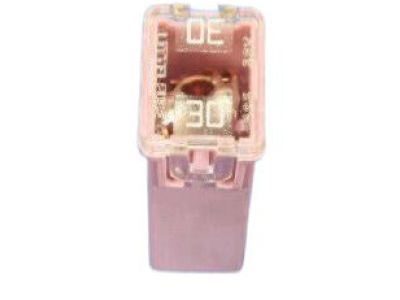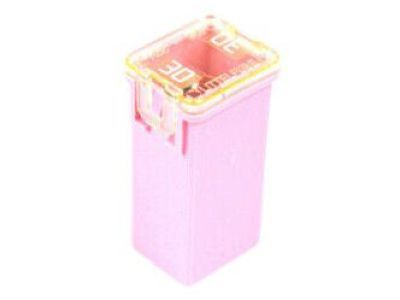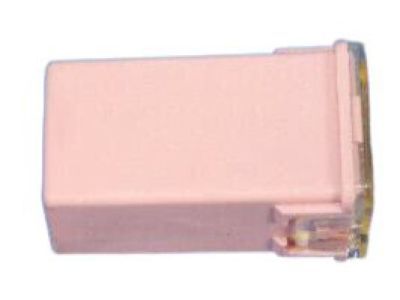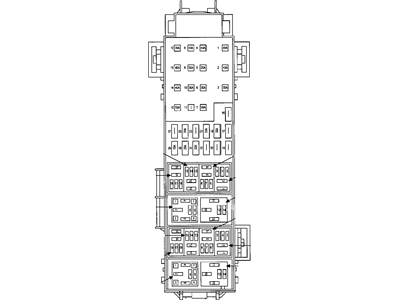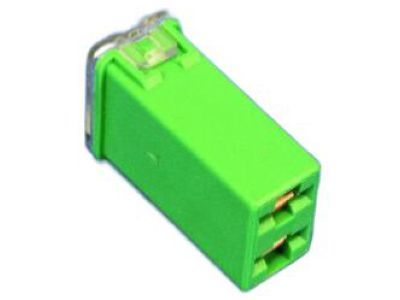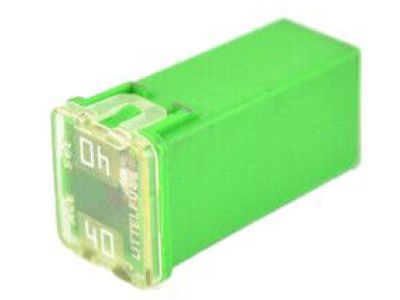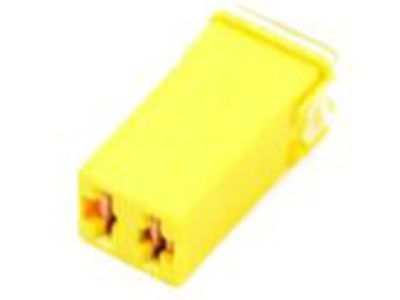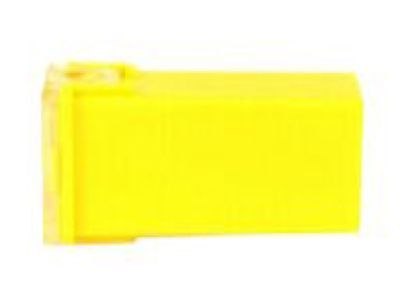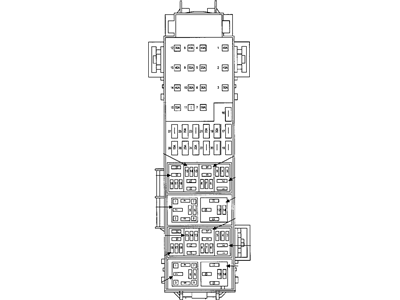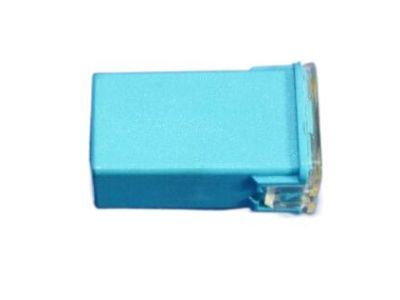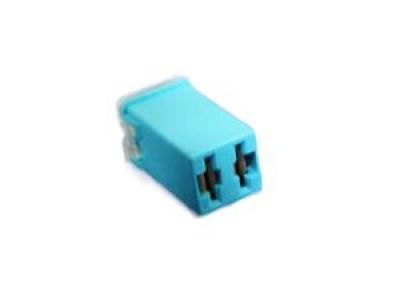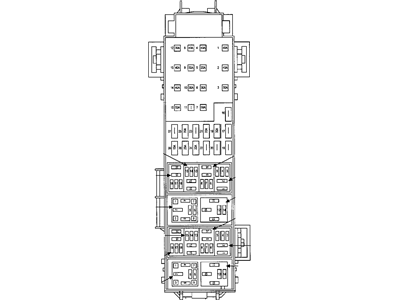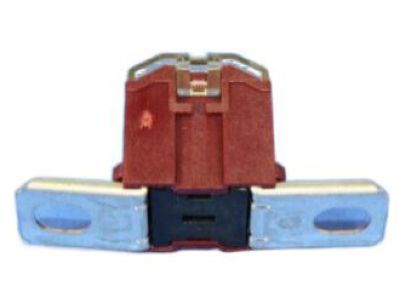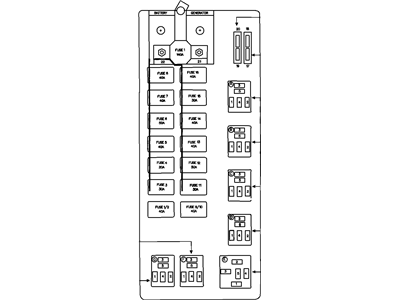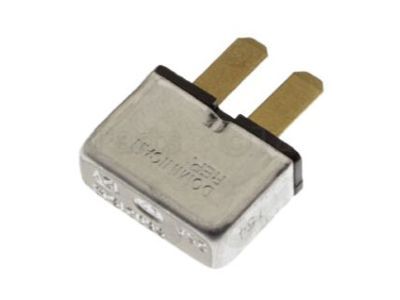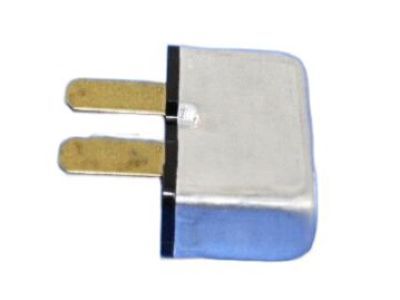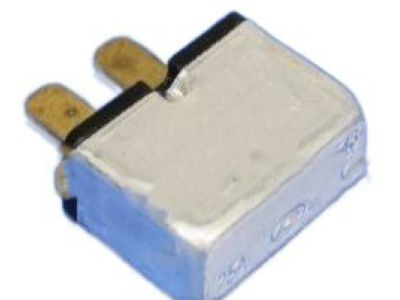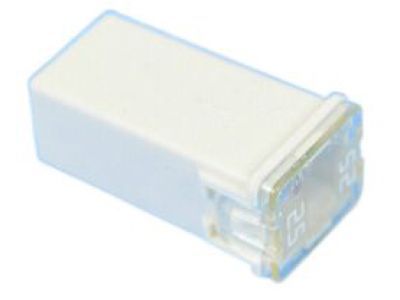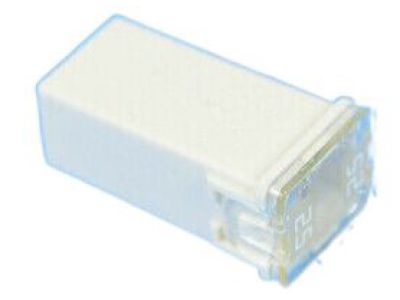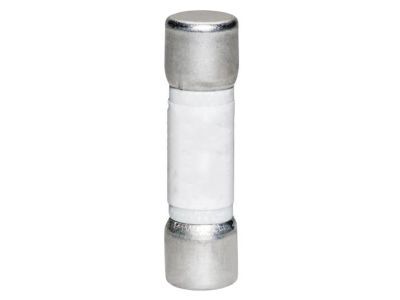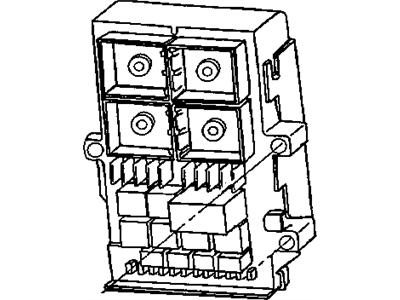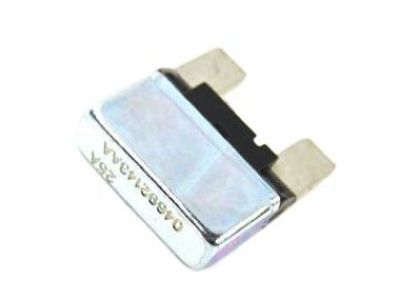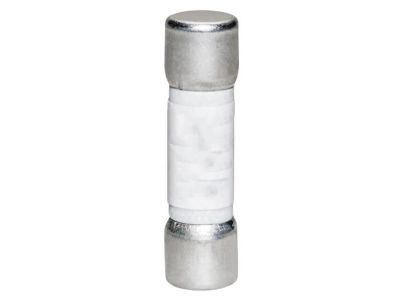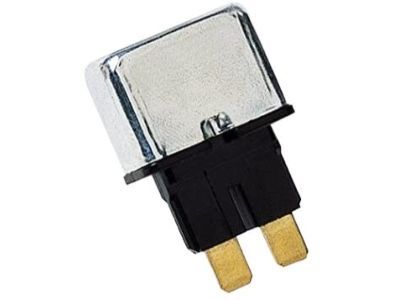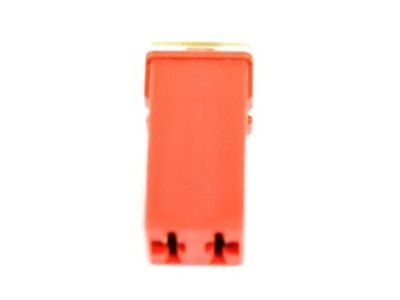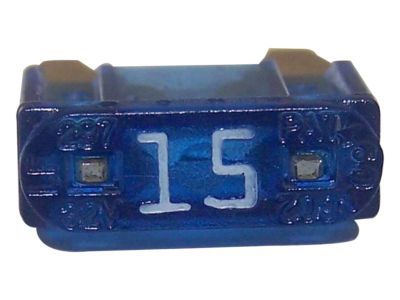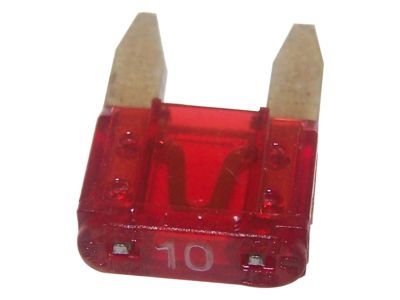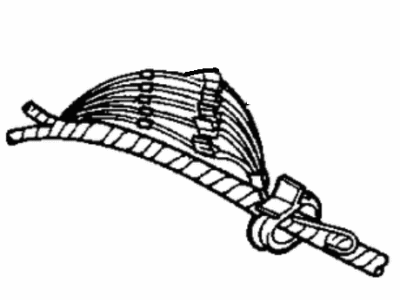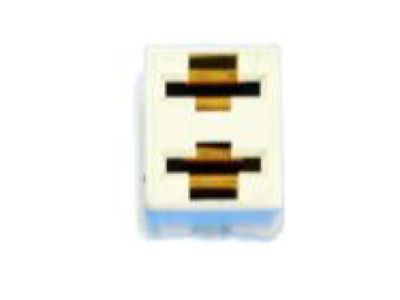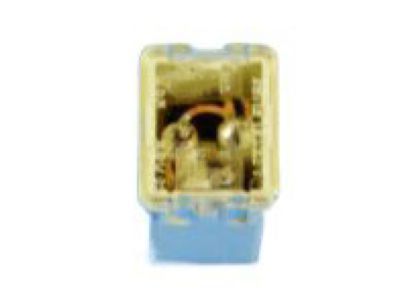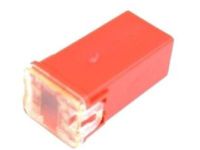
My Garage
My Account
Cart
Genuine Chrysler Town & Country Fuse
Circuit Fuse- Select Vehicle by Model
- Select Vehicle by VIN
Select Vehicle by Model
orMake
Model
Year
Select Vehicle by VIN
For the most accurate results, select vehicle by your VIN (Vehicle Identification Number).
28 Fuses found






Chrysler Town & Country Breaker-Circuit
Part Number: 56021543$20.27 MSRP: $29.30You Save: $9.03 (31%)



Chrysler Town & Country Breaker-Circuit
Part Number: 4692143AA$10.43 MSRP: $15.05You Save: $4.62 (31%)






| Page 1 of 2 |Next >
1-20 of 28 Results
Chrysler Town & Country Fuse
Looking for affordable and high-quality auto parts? Then you have already arrived at the proper online shop. We offer all Chrysler Town & Country Fuse at great affordable prices. Moreover, all genuine Chrysler Town & Country Fuse come with a manufacturer's warranty. In the long run, you would realize you have saved a lot of trouble and money with OEM parts from here.
Chrysler Town & Country Fuse Parts Questions & Experts Answers
- Q: How are the electrical circuits in protected, and what procedures should be followed for troubleshooting and replacing fuse on Chrysler Town & Country?A:The vehicle electrical circuit is protected by fuses, circuit breakers, and fusible links.; the fuse and Relay box can be found in the left side of the engine compartment Measured amperage of each of the fuses is given on the fuse panel cover with the corresponding circuits identified. There is no fuse and relay box in the passenger compartment But many fuses relays and circuit breakers are under the dash, Some of them is the self resetting fuses for heated mirror circuits and lower instrument panel power outlet can only be serviced by the dealer. Power seat circuit comes with a 30 amp circuit breaker under the seat, while the power windows has 25 amp breaker under the instrument panel near the steering wheel. There are miniature fuses with blade terminals located in the fuse blocks, which may be replaced without extra tools; normally if an electrical component has a problem, one should first look towards the fuse, using a test light applied to the terminal ends to see if it blows on presence of power. In this case, replacing a blown fuse requires the correct type to be plugged in, though fuses of a different rating physically fit the slots: this setup is not advised because each circuit has different protection requirements, with the amperage value stamped on the fuse's body. If a replacement fuse burned out as soon as possible, then it should not be replaced for a second time until the actual problem that has existed: it is a short circuit due to the breakage or deterioration of the wire. Further, some circuits such as the starter circuit connecting the starter motor to the alternator is protected by fusible links, these are found in high current circuits or those not usually fused; these are cartridge-type fusible links, similar to big fuses in the engine compartment fuse and relay box, to remove them you remove the old one by unplugging and installing in their place a new one of the same amperage by disconnecting the negative terminal.
